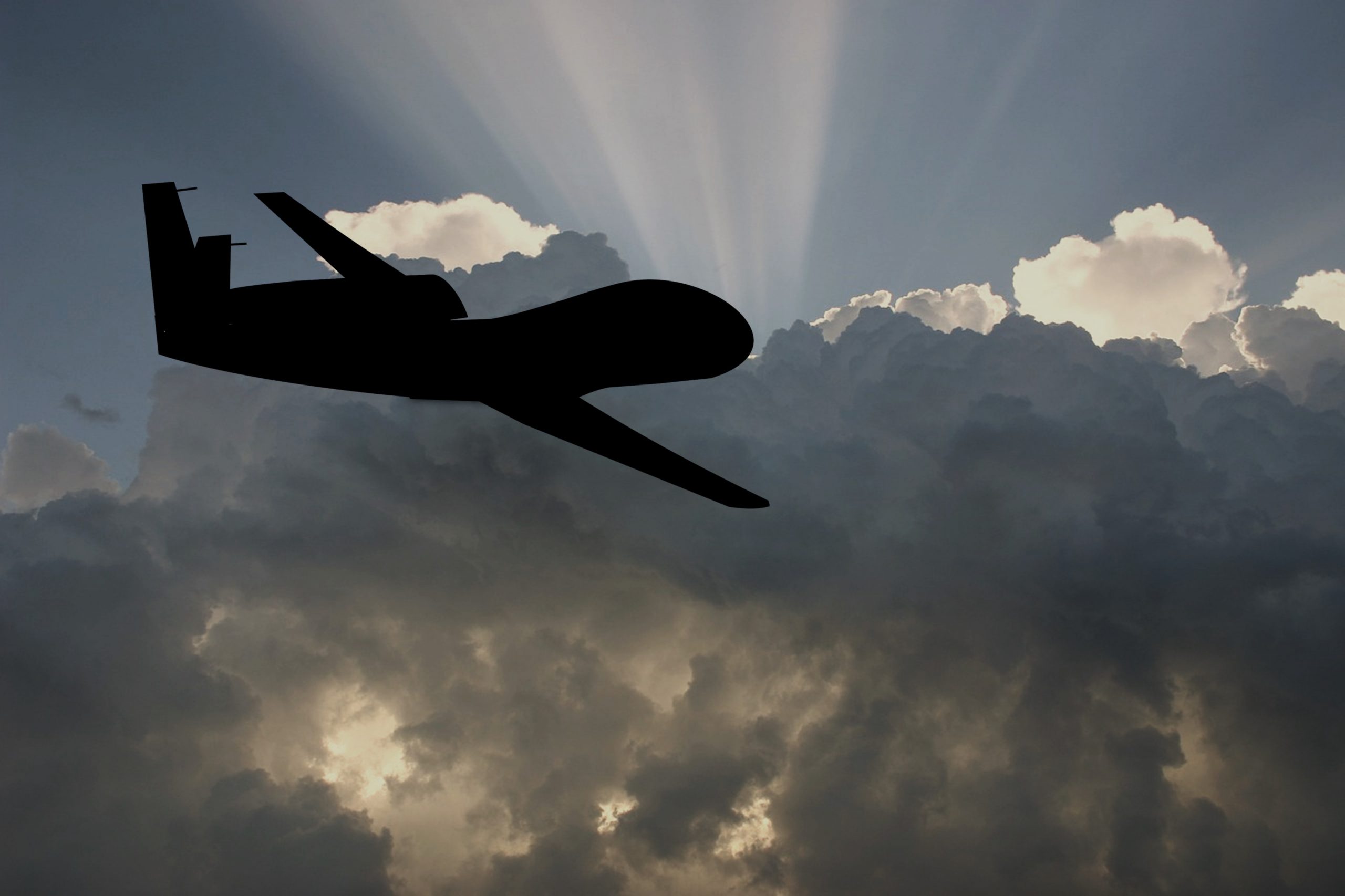This post is also available in:
 עברית (Hebrew)
עברית (Hebrew)
The Unmanned Long-Endurance Tactical Reconnaissance Aircraft (ULTRA) drone was recently deployed in the Middle East for the first time ever by the US Air Force.
The images that were posted online on social media showed the glider-like drone preparing for a morning mission within the US Central Command area of responsibility in an undisclosed location.
Despite intentionally not mentioning where these drones were deployed, the images seem to have been taken from the Al Dhafra Air Base in the United Arab Emirates, which serves as the base for the 380th Air Expeditionary Wing and previously housed the US Air Force’s RQ-4 Global Hawk drones. While the posts did not indicate what particular mission the unmanned system is meant to perform, it is highly likely that the mission is related to intelligence, surveillance, and reconnaissance (ISR).
According to the Defense Post, after online users recognized the location of the ULTRA long-endurance drone within the Middle East from the published photos, they were swiftly removed from the websites where they were published.
The ULTRA long-endurance drone was developed back in 2019 by the Air Force Research Laboratory in collaboration with Dzyne Technologies Incorporated. It was initially publicized as the Ultra LEAP drone (Long-Range Endurance Aircraft Platform) and praised for having completed a “two and a half-day continuous flight demonstration from December 9 to December 11” during the test.
The drone’s initial introduction statement described it as an “affordable, high-performance, cost-effective sports-class commercial airframe converted to a fully automated system with autonomous takeoff and landing capabilities.” It was also stated that the high level of automation reduces operator training requirements with smaller support crews leading to lower operating costs.
The drone’s design is based on a manned sports glider that was modified to support long-duration surveillance operations. The drone has long wings and winglets, a T-tail, and a retractable undercarriage, as well as an electro-optical/infrared sensor turret fitted below the fuselage that provides it with 360-degree ISR capabilities. It can stay in the air for a maximum of 80 hours.


























